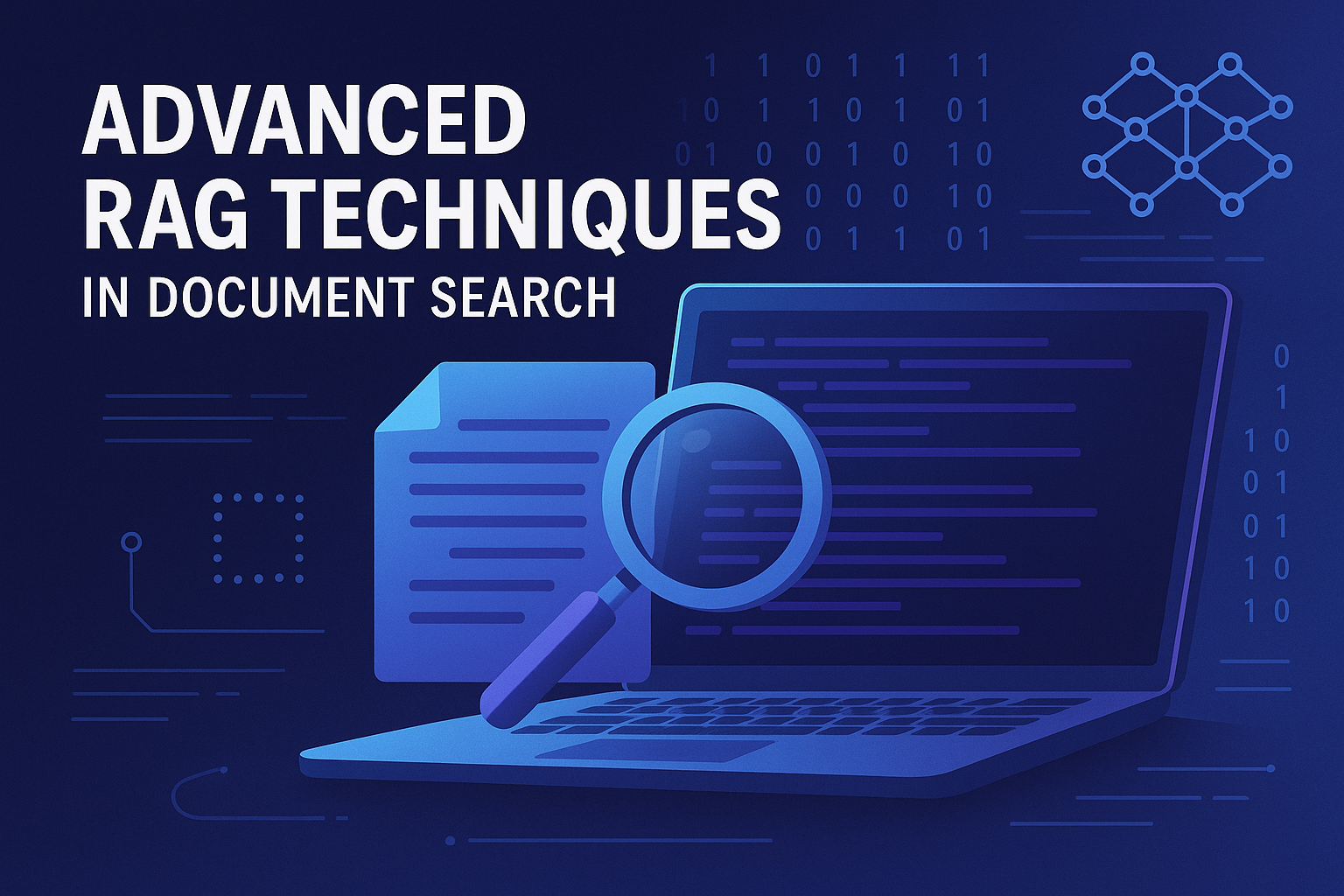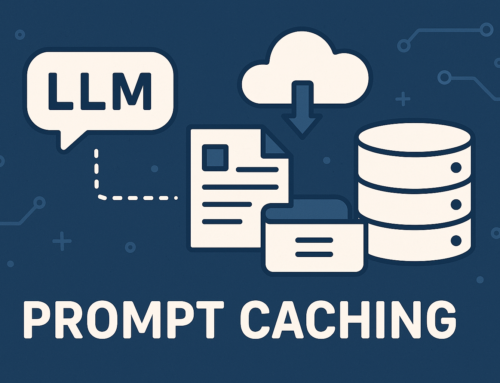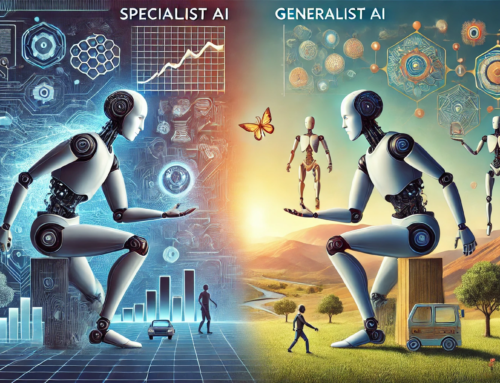The Needle in the Digital Haystack
Last month, I was troubleshooting a technical issue. Despite having all the documentation at my fingertips, finding the exact information I needed felt like searching for a specific grain of sand on a beach. I kept getting close, but never quite there – reminding me of U2’s classic, “I still haven’t found what I’m looking for.”
This frustration is all too common when dealing with technical documentation. Traditional search methods often fall short, leaving users stranded with partially relevant information or forcing them to wade through dense manuals. But there’s a better way.
Why Simple Search Falls Short with Technical Documents
Technical documentation presents unique challenges that standard search tools struggle with. Unlike everyday web searches, technical documents contain specialized terminology, intricate relationships between components, and context-dependent information.
Think about searching for “how Router A connects to Switch B.” A simple search might return documents mentioning both devices but miss the specific protocols and configurations governing their interaction. The search falls short because it doesn’t understand the relationships between components. It just looks for matching words.
Traditional RAG Also Falls Short
Retrieval Augmented Generation (RAG) is a technique that enhances large language models by retrieving relevant information from external knowledge sources and incorporating it into the context before generating responses, allowing the model to access up-to-date or domain-specific information beyond its training data.
Traditional RAG systems improve on simple search but still stumble with technical documentation. They typically perform a single retrieval operation based directly on the user’s query, which works for straightforward questions but struggles with complex technical inquiries that require understanding broader system architecture first.
More importantly, traditional RAG doesn’t break down complex questions into logical subcomponents that technical experts naturally use. When faced with questions about component integrations or system interactions, it tries to solve everything in one go, often missing critical context about underlying protocols or related components. This one-size-fits-all approach frequently leaves users with incomplete or overly general answers to their technical questions.
The Two-Step Thinking Process
When human experts tackle technical questions, they don’t immediately dive into specifics. Instead, they follow a natural two-step process:
- First, they gather background context about the systems involved
- Then, they break down the problem into smaller, specific questions
This mirrors how we solve complex problems in real life. When I’m troubleshooting a technical configuration issue, I first refresh my understanding of the technology before drilling down into specific configuration details.
Context First, Questions Second
Modern AI systems can now replicate this human approach through an enhanced RAG (Retrieval Augmented Generation) process:
Step 1: Context Gathering The system first evaluates what background information it needs before attempting to answer the question. Just like a doctor gathering patient history before diagnosis, the AI identifies and retrieves essential context from technical documentation.
Step 2: Query Decomposition Armed with this context, the system breaks down the original question into targeted subqueries. Rather than a single broad search, it conducts multiple precise searches, each addressing a specific aspect of the original question.
A Practical Example
Imagine asking: “How does the authentication server interact with the database when processing customer credentials?”
A traditional search might return documents mentioning authentication and databases, but likely miss the specific interaction details.
The enhanced approach would:
- First gather context about the authentication server architecture and database structure
- Then decompose the question into specific subqueries like:
- “What authentication protocols are used between the server and database?”
- “How are customer credentials encrypted during database transactions?”
- “What error handling occurs during authentication failures?”
Each subquery returns targeted information that, when combined, creates a comprehensive answer impossible to find through a single search.
Business Benefits Beyond Better Answers
This contextual, decomposed approach delivers tangible benefits:
- Reduced Expertise Barriers: Employees don’t need deep technical knowledge to find accurate information
- Faster Problem Resolution: Support teams can quickly locate specific troubleshooting steps
- Improved Documentation Utilization: Your existing technical documentation becomes more accessible and valuable
- Knowledge Transfer: The system’s transparent reasoning process helps employees learn as they use it
The Journey Forward
Much like Bono’s searching journey in “I Still Haven’t Found What I’m Looking For,” many businesses have been on a quest for better knowledge management solutions. The good news is that with these advanced techniques, that quest is getting closer to completion.
By mimicking how human experts actually think – gathering context first, then breaking problems into smaller pieces – AI systems can now deliver significantly better results from technical documentation searches.
The technology exists today. The question is whether your organization is ready to move beyond simple search and embrace a more sophisticated approach to finding what you’re looking for.





